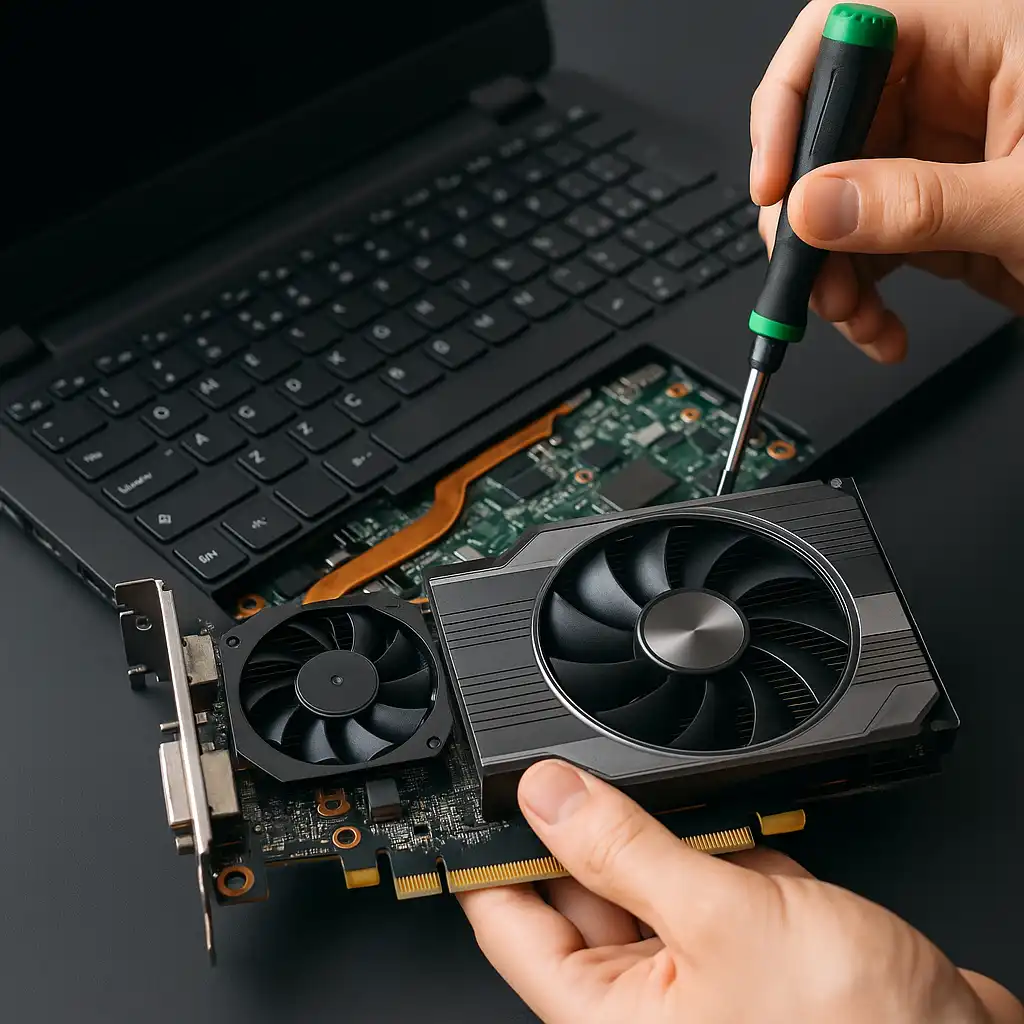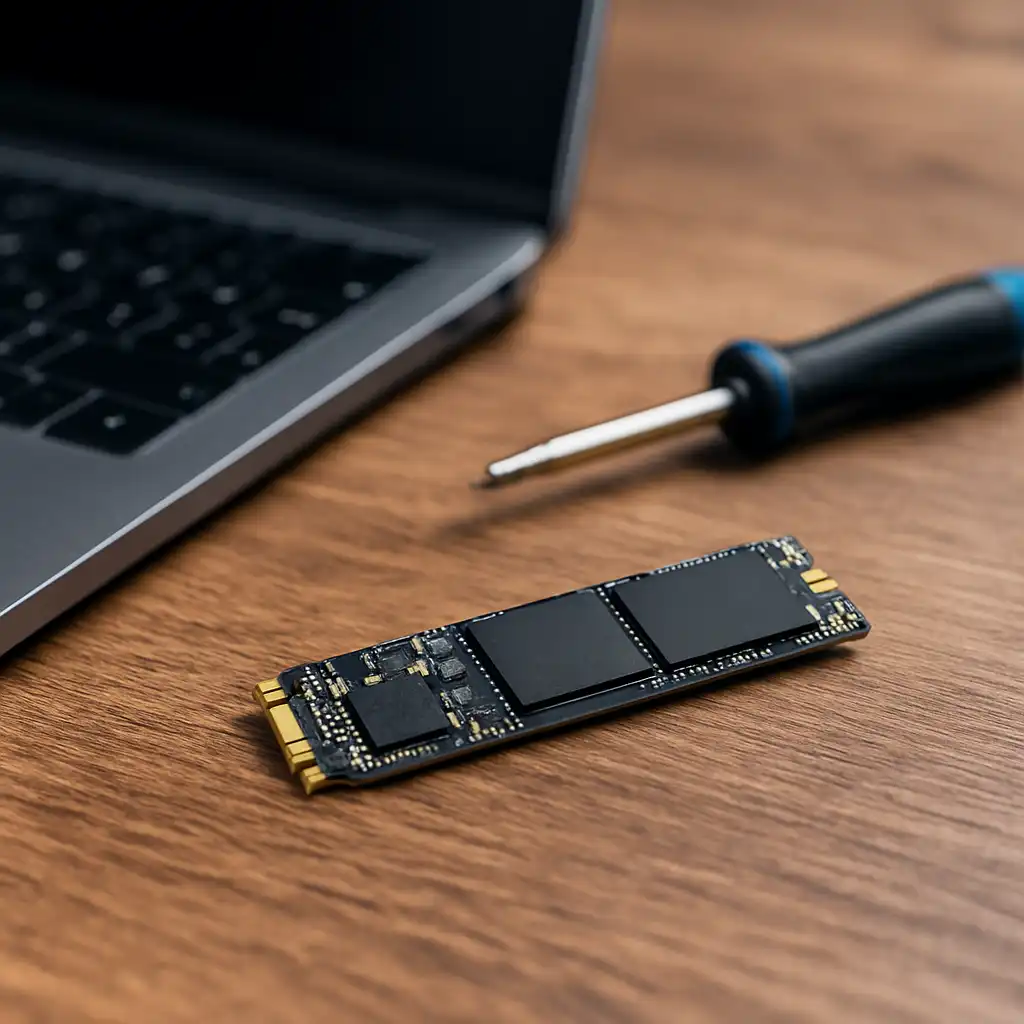Can a Laptop Graphics Card Be Upgraded? Know Your Options
Disclosure: This post contains affiliate links. LaptopVoyager.com participates in the Amazon Associates Program and may earn commissions on qualifying purchases, at no extra cost to you.
Upgrading your laptop’s graphics card sounds like the dream solution for better gaming, video editing, or 3D rendering performance. While desktop PCs make component upgrades relatively straightforward, laptops are a different beast altogether. Their compact design, integrated parts, and thermal limitations make this task much more complicated. But is it impossible? Let’s take a closer look at whether you can actually upgrade a laptop GPU—and what alternatives exist.
Understanding Laptop GPU Architecture
Laptops come in various configurations, and the graphics processing unit (GPU) setup largely determines the upgrade potential. There are two types of GPUs in laptops:
Integrated GPUs
These are built into the CPU and share system memory. Most Intel and AMD processors feature integrated graphics, which are power-efficient but limited in performance. As they’re physically part of the processor, they are not upgradeable by design.
Dedicated GPUs
These are separate chips soldered onto the motherboard or, in rare cases, attached via a modular slot. High-performance gaming and workstation laptops typically include a dedicated GPU, offering better performance and more video memory than integrated options.
Can You Upgrade a Soldered GPU?
The short answer is no. The vast majority of laptop GPUs are soldered directly onto the motherboard, which means they can’t be physically removed or replaced like desktop GPUs. Attempting to desolder and resolder a new chip requires highly specialized equipment and skills, and it’s rarely successful or worth the risk.
What About MXM Slot GPUs?
Some high-end gaming or workstation laptops use the MXM (Mobile PCI Express Module) standard, which supports removable GPU modules. These laptops are rare and usually more expensive. Even with MXM modules, upgrade options are limited by physical space, cooling requirements, BIOS compatibility, and power delivery constraints. Plus, new MXM GPUs are hard to find and can be costly.
eGPU: A Practical Alternative
If your laptop has a Thunderbolt 3 or 4 port, you can use an external GPU (eGPU) enclosure. These devices house a desktop graphics card and connect to your laptop externally. They offer a real performance boost for gaming, rendering, and AI applications, without the need to open up your laptop.
However, eGPUs aren’t perfect:
- They require a compatible laptop
- The enclosure and GPU are an added cost
- Performance is slightly lower than if the GPU were installed directly in a desktop
Still, for users who need more graphics power without buying a new laptop, eGPUs are the most practical solution.
Choosing a Future-Proof Laptop
If you think you’ll need more GPU power down the road, consider this when buying your next laptop. Look for models that support eGPUs, have higher-tier mobile GPUs (like RTX 4060 or better), or offer modular options like the Framework Laptop or specific workstation models from Dell or HP.
Conclusion
Due to their soldered design, upgrading the internal graphics card of most laptops isn’t feasible. Only a handful of modular laptops support GPU upgrades, and they’re rare. If better graphics performance is your goal, your best bets are external GPU solutions or investing in a new laptop built for high-end performance.





